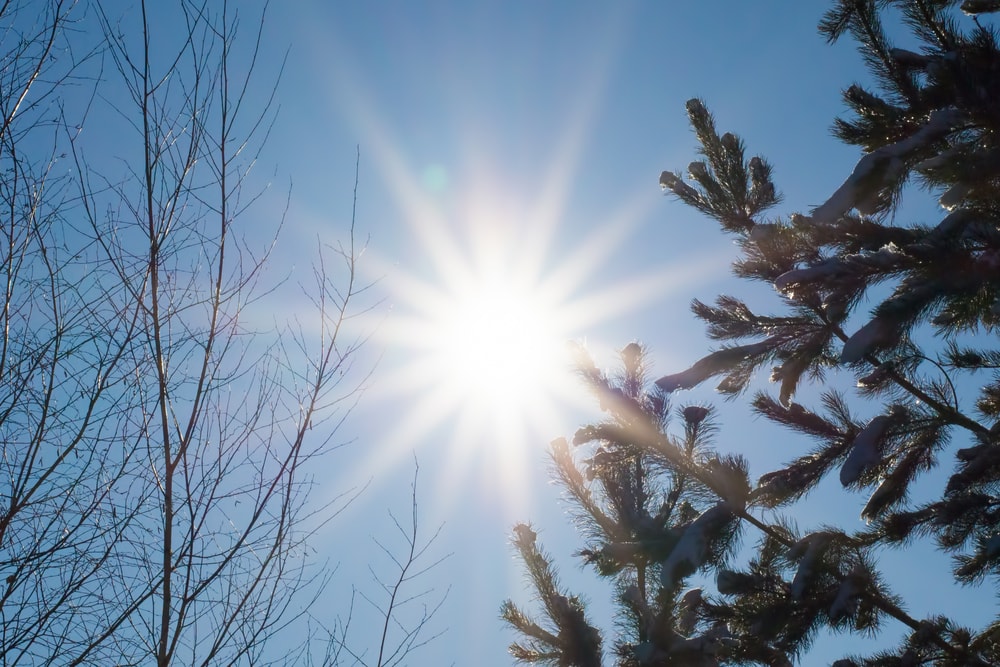This coming Thursday, December 21st, is the Winter Solstice—the shortest day/longest night of the year. At this point, our north pole is tilted the farthest away from the sun. They’ll celebrate the first day of summer in the Southern Hemisphere. Christmas Day cookouts are relatively common—in Australia!
From then on, the days will get a minute or two longer each day until the Summer Solstice on June 20, 2024.
A Long History of Celebration
Our ancestors had many traditions based on either welcoming the sun back or “luring” it back—depending on how they looked at it. Some cultures feared the sun was leaving forever, so they had yule logs, bonfires, etc., to remind the sun it was supposed to be getting brighter.
The Romans had a weeklong festival in December called Saturnalia. It included gift-giving, games, and feasts. The Norse celebrated Yule with feasting and caroling. The Hopi Indians of Arizona had a winter solstice celebration called Soyal, which included dancing and giving gifts. Even the Chinese had a festival mid-winter called Dongzhi, or “the arrival of winter.”
A Time to Be Thankful
For people like me, the Winter Solstice is a time to be thankful that the days will get longer because I’m not much of a winter fan. For other people, it’s a time to hope for snow because they like that cold white stuff. I like snow as long as it melts immediately from roads, cars, and sidewalks, and I don’t have to walk in it, drive in it, or shovel it!
Happy Winter Solstice!

